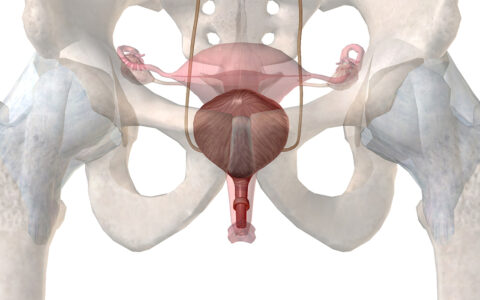Pregnant women, and women generally, face major barriers to accessing treatment for opioid use disorder (OUD) even when there are providers close to where they live, new research shows. Problems include being unable to book appointments and providers refusing insurance, both public and private. The study, which involved tens of thousands of phone calls made by “secret shoppers,” appeared in JAMA Network Open.
“Our study not only found that pregnant women had terrible trouble getting into treatment. Everyone did,” said first author Stephen Patrick, M.D., director of The Center for Child Health Policy at Vanderbilt University Medical Center.
“Meanwhile, COVID-19 has made the epidemic of OUD worse than ever,” Patrick said. Last year saw the highest number of opioid deaths on record, despite having highly effective treatments, he explained.
Effective Opioid Use Disorder Interventions Exist
Two medications, buprenorphine and methadone, have been proven to reduce adverse outcomes for both pregnant women and their infants, including overdose deaths and preterm delivery.
“Our study not only found that pregnant women had terrible trouble getting into treatment. Everyone did.”
Patients usually receive buprenorphine at outpatient clinics. Those taking methadone usually do so while in a residential treatment program, lasting weeks to months.
States Laws Differ Dramatically
Few previous investigations have analyzed everyday impediments to women obtaining care for opioid use disorder. Patrick’s research team explored treatment barriers in ten states chosen for variability in opioid-related outcomes and policies.
“Understanding real-world barriers to access to medications for opioid use disorder is vital to creating systems of care that improve access for pregnant women,” the team wrote.
Taking a “secret shopper” approach, actors impersonated pregnant and non-pregnant women seeking care for OUD by calling clinics or treatment programs. Some women said that they had private insurance; others said that they were on Medicaid. The main outcomes included the ability to obtain an appointment and out-of-pocket costs.
Many Patients Reach No One
The 10,871 actor-patients made a total of 28,651 calls to 6,324 clinicians. The researchers chose the providers to be contacted from government lists of persons said to be providers of either buprenorphine or methadone treatment for opioid use disorder.
“About 25 percent of the time, callers tried at least five times to reach a provider without success,” Patrick said. “Another 20 percent of the time, they reached a provider who actually didn’t provide addiction treatments.”
In some states, only one in five women were given appointments to be covered by their insurance, the researchers found. Twenty-six percent of buprenorphine prescribers refused insurance, and about one-third of the opioid treatment programs refused it.
“State and regional differences testify to the need for a whole government response to the problem, one that must start at the federal level.”
Patients ready to pay cash did best at accessing treatment. “Only about half the women were given an appointment for treatment with insurance. The rest were either turned away or had to pay cash,” Patrick said.
Pregnancy Proves an Impediment to Care
Overall, 67.6 percent of callers managed to make an appointment with an outpatient buprenorphine provider. Only 61.4 percent of pregnant women could book an appointment compared to 73.9 percent of non-pregnant women.
Ninety percent of callers managed to book an appointment at an opioid treatment program, with no differences based on pregnancy status. “But opioid treatment programs are far rarer than buprenorphine providers,” Patrick said.
The median out-of-pocket cost for an initial appointment with a buprenorphine prescriber was $250, and to see a methadone prescriber, $34.
Dramatic State Differences
Patients’ ability to use insurance differed greatly by state, the study showed. Among buprenorphine prescribers, Medicaid acceptance ranged from a low of 16.6 percent (Florida) to a high of 57 percent (Massachusetts). Acceptance of private insurance ranged from 22.2 percent (Tennessee) to 60.5 percent (Missouri). Among opioid treatment programs, acceptance of Medicaid ranged from a low of 7.7 percent (Tennessee) to a high of 88.0 percent (Massachusetts).
“State and regional differences testify to the need for a whole government response to the problem, one that must start at the federal level,” Patrick said.
Comprehensive Reform Urgently Needed
Women and infants needing care for OUD face a “wasteful patchwork” of government programs, Patrick explained. One government entity handles welfare. Another administers the Special Supplemental Nutrition Program for Women, Infants, and Children (WIC). Still another supports programs for childhood development. Often, the bureaucracies involved don’t cooperate, he added.
“Today’s system is inefficient, costly and reactive,” Patrick said. He called for a response like the Ryan White Act, which supports a comprehensive system of primary medical care and essential services for people with HIV in the U.S.





